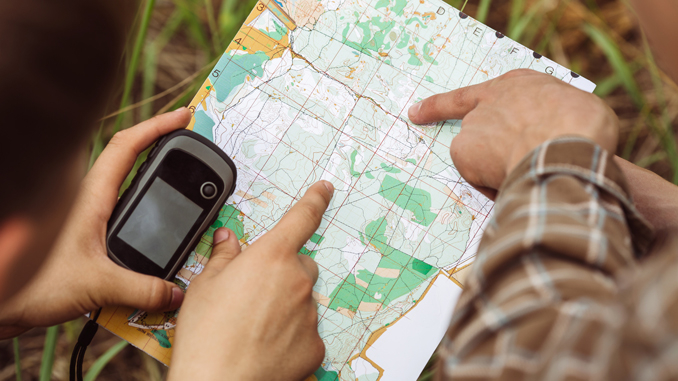
This year marks two decades since the age-old treasure hunt went digital in San Joaquin County there is plenty of treasure to be found. It may not be buried – it could, for example, be well hidden in a hollow tree – but thanks to GPS enabled devices, you can find a whole world of treasure hunting throughout the county’s parks, nature preserves, and other public spaces.
In 2000, wider access to GPS (Global Positioning System) technology gave rise to a new era of treasure hunting dubbed “geocaching.” The idea is simple: one person hides a cache and posts the GPS coordinates online and then others are free to start hunting for the cache. “When I started caching in 2006, we all used GPS devices such as Garmin,” says Nita Boatman, a local geocacher who has discovered caches in 44 states. “Nowadays most people use iPhones.”
A basic cache will be a container with a logbook for victorious treasure hunters to sign. Some might also have small prizes or trinkets that you can take as a memento of the find. There are several other types of caches that involve puzzles, geology lessons, or group events. Local geochachers are already gearing up for the annual picnic at Micke Grove Park on April 18. According to Athena Spagnola, a Lodi resident who took up geocaching with her husband and four kids, it’s a great way to explore nature and get to know more about your community. “It is fun and gets you outside,” Athena says. “A lot [of caches] are in historical places and we can learn a little too.” Others point out that it’s a good way to get kids away from their screens, or for seniors to stay active after retirement.
Geocaches might be at the end of a long hike or just down the street. Locally, you can try your luck at Lodi Lake, Micke Grove Regional Park, or even in historical cemeteries. All you need is a free account on geocaching.com to gain access to a list of local caches and events.

